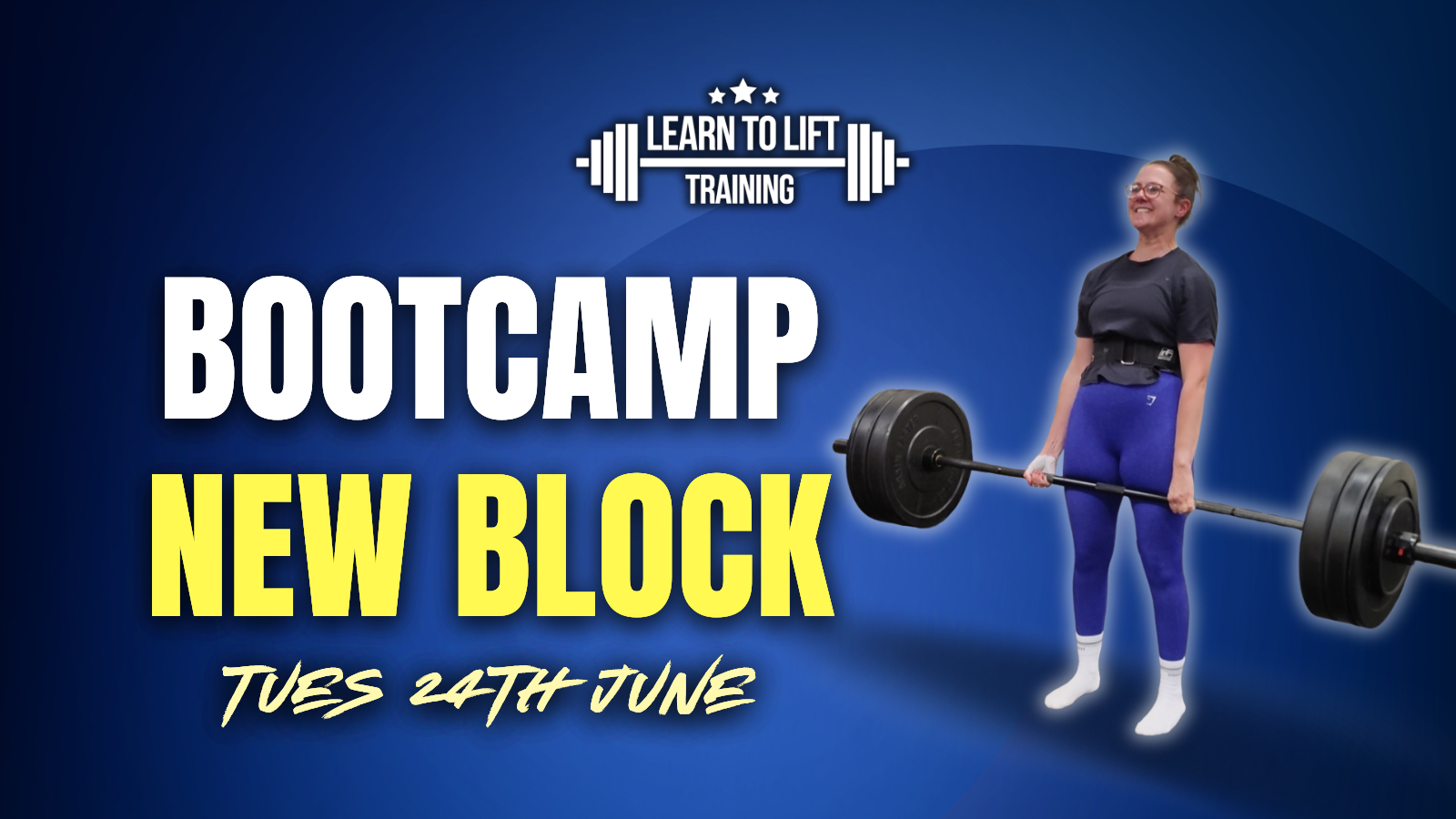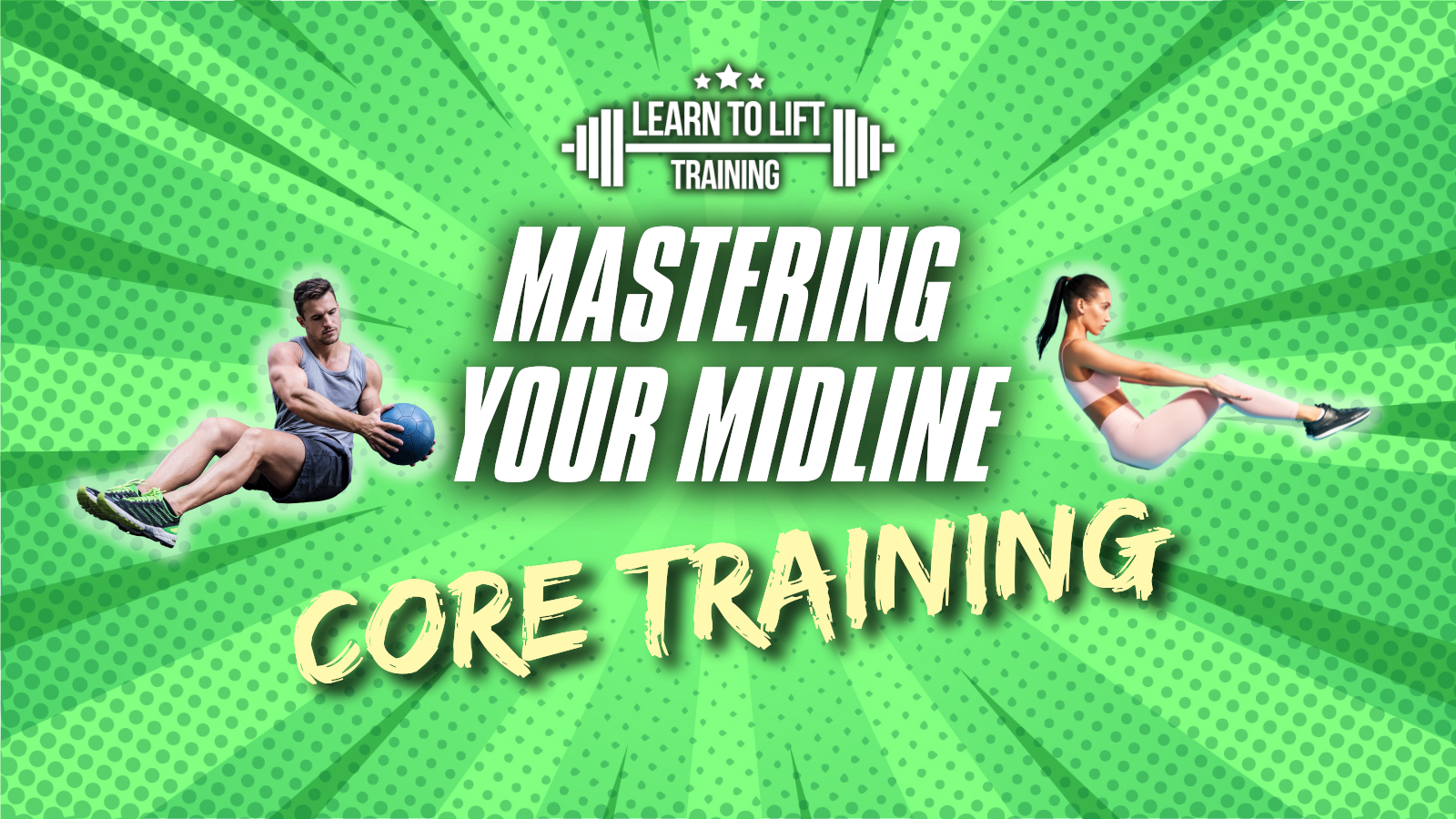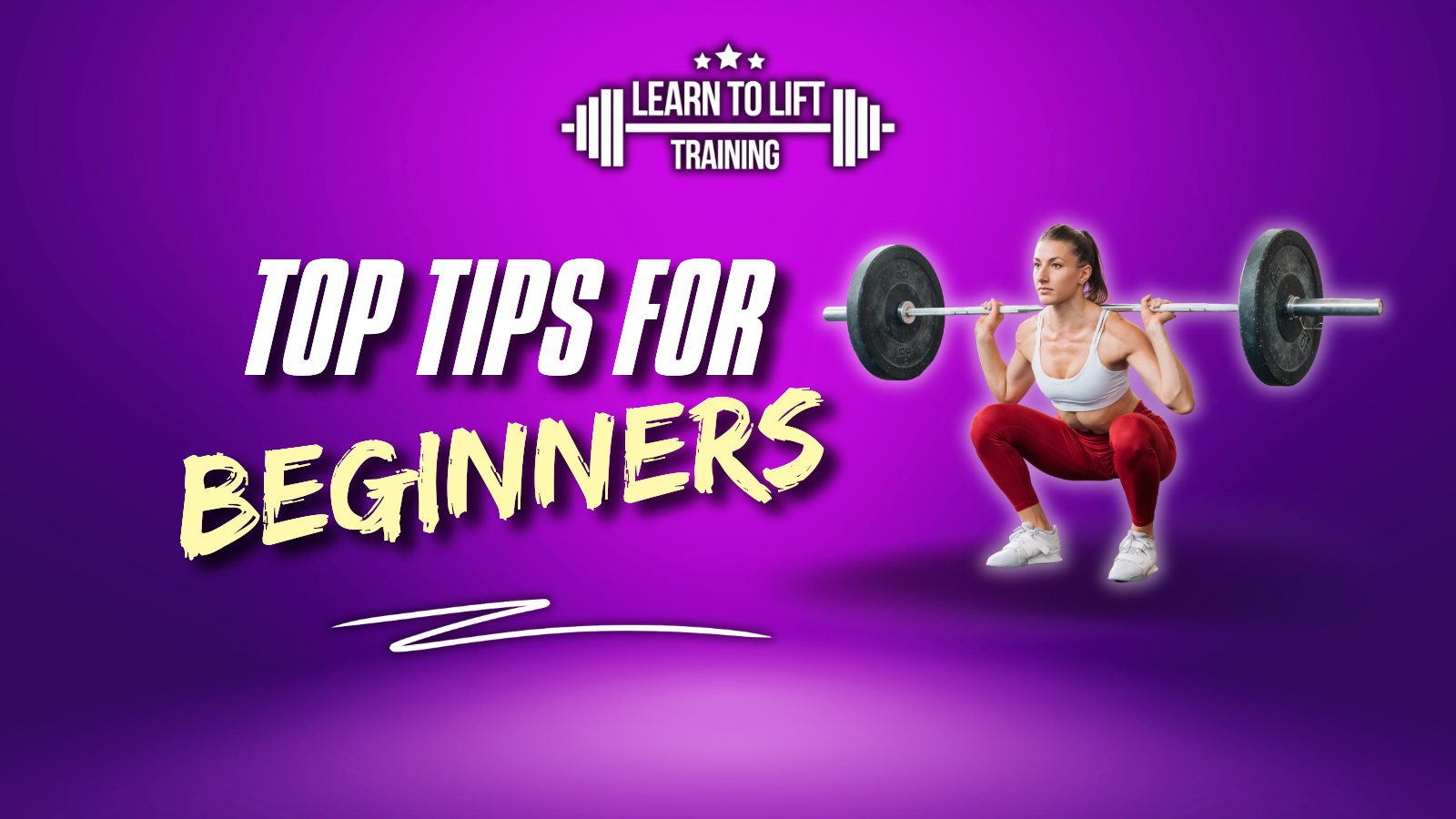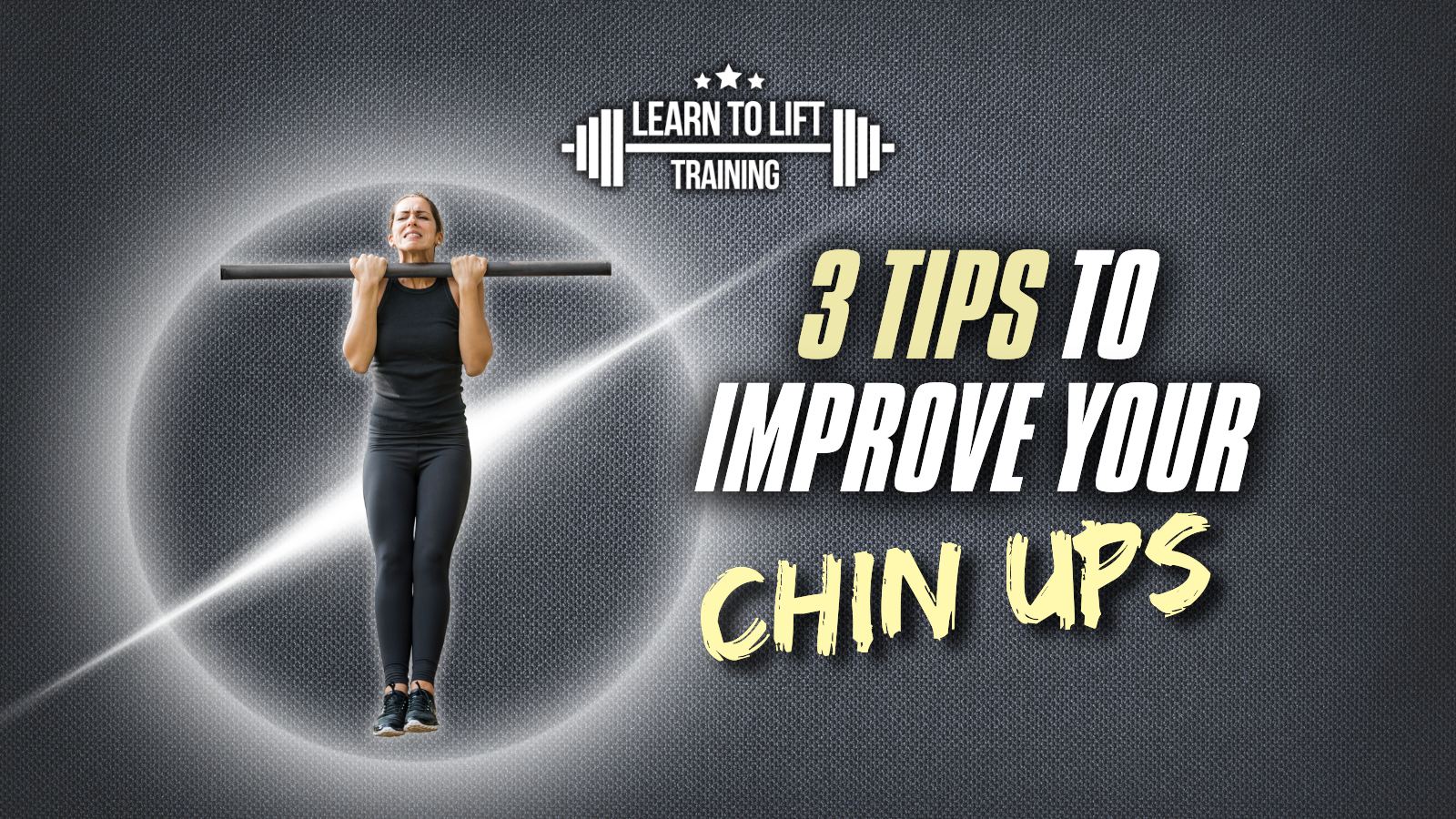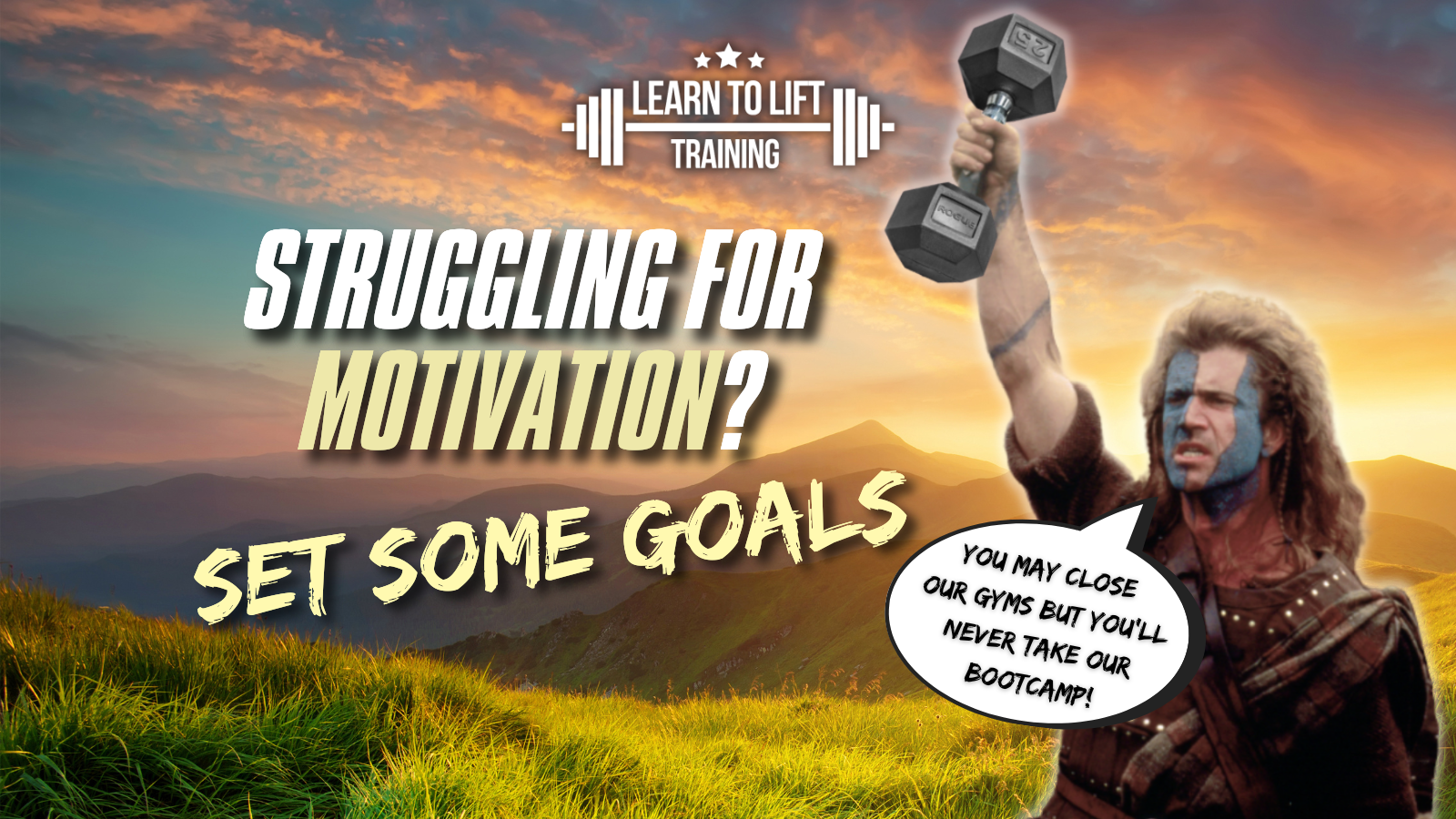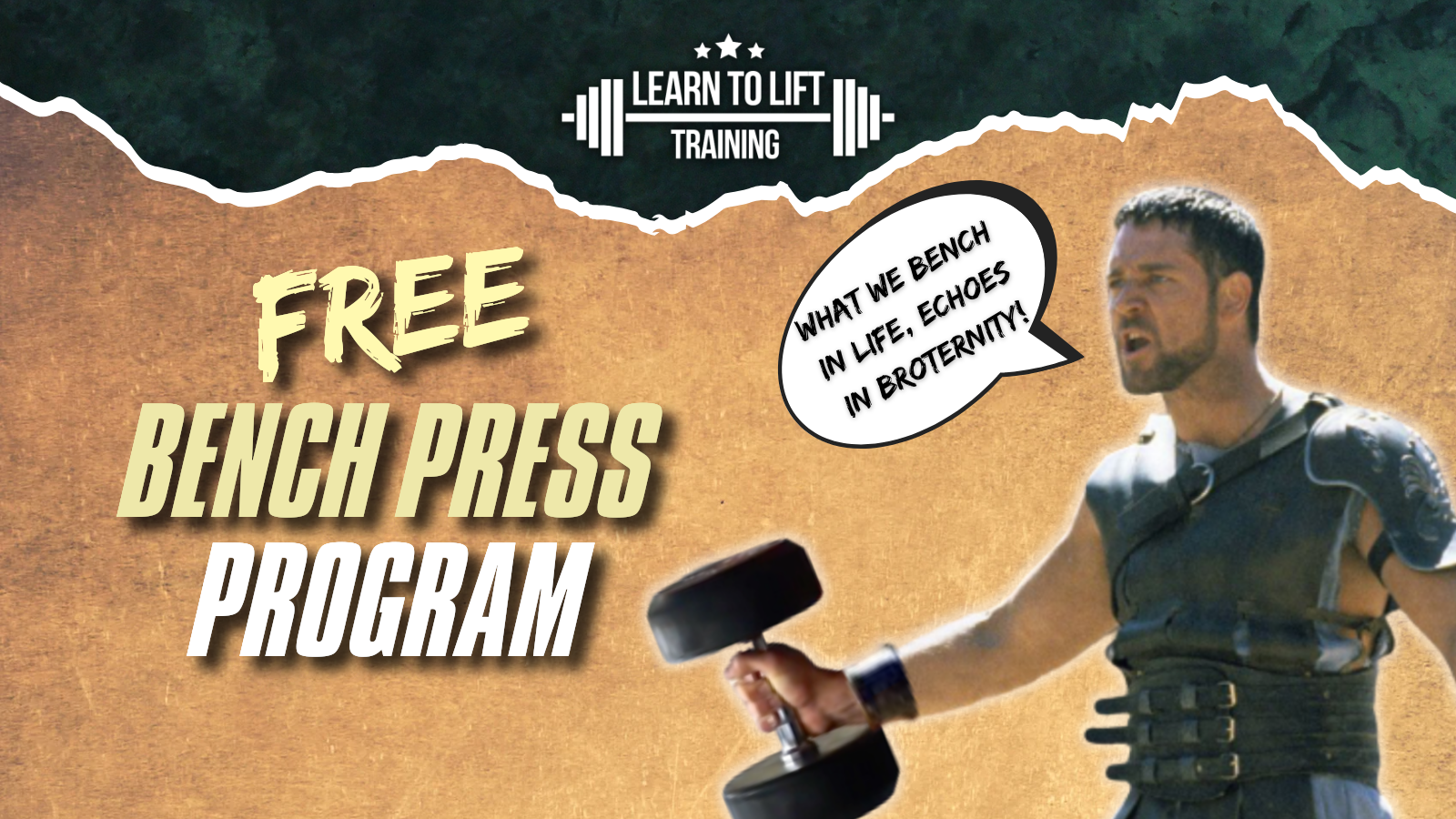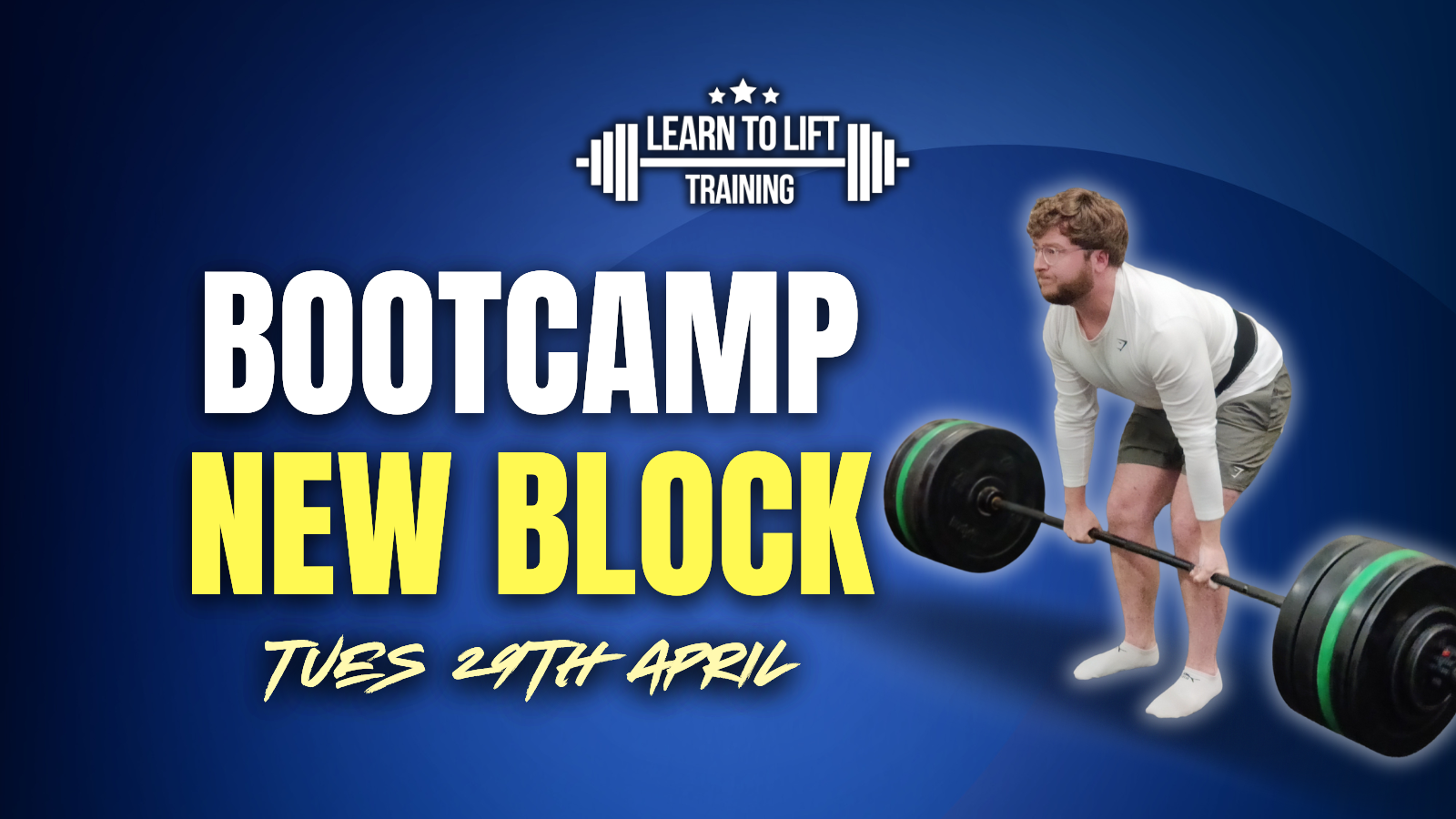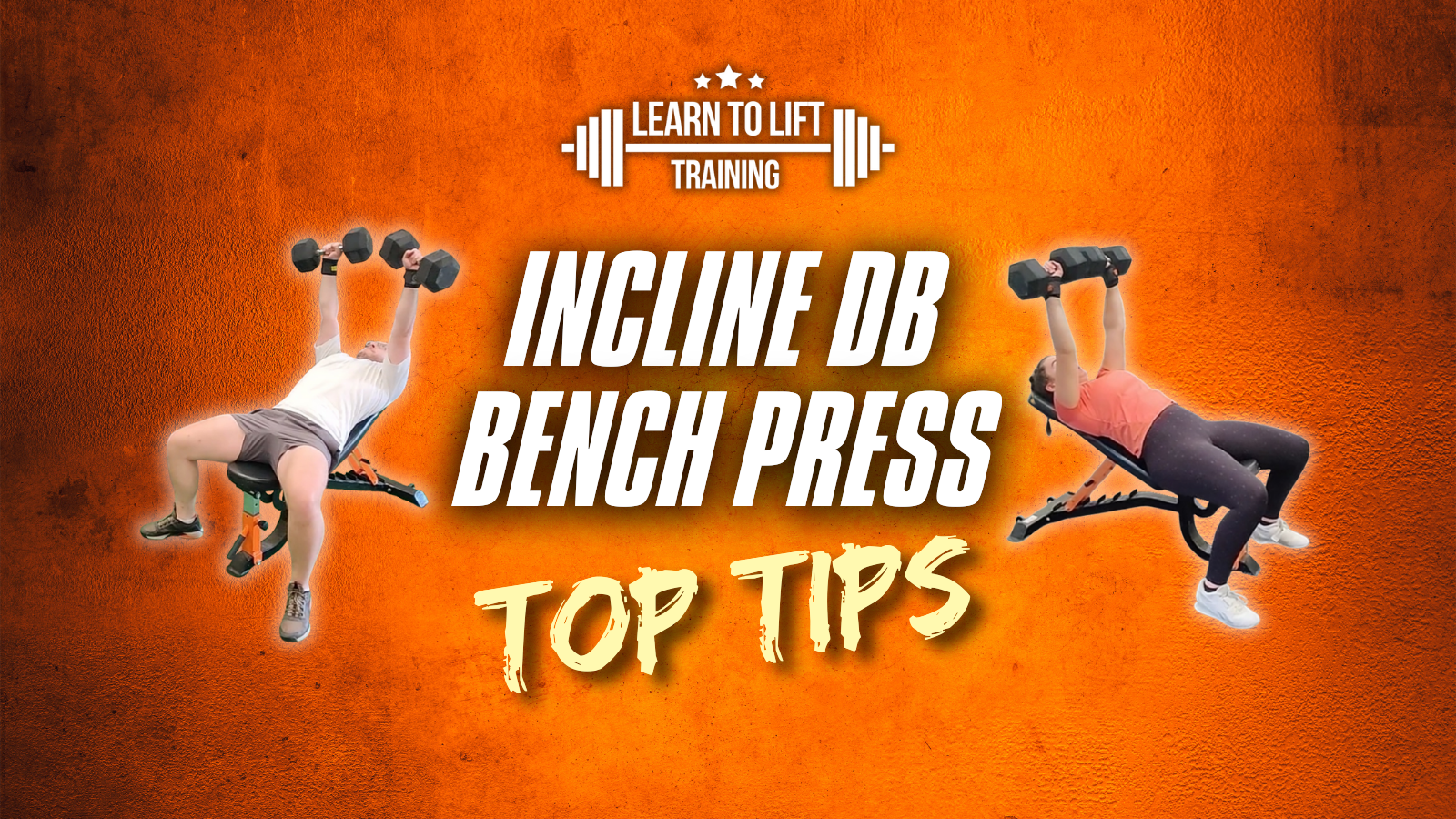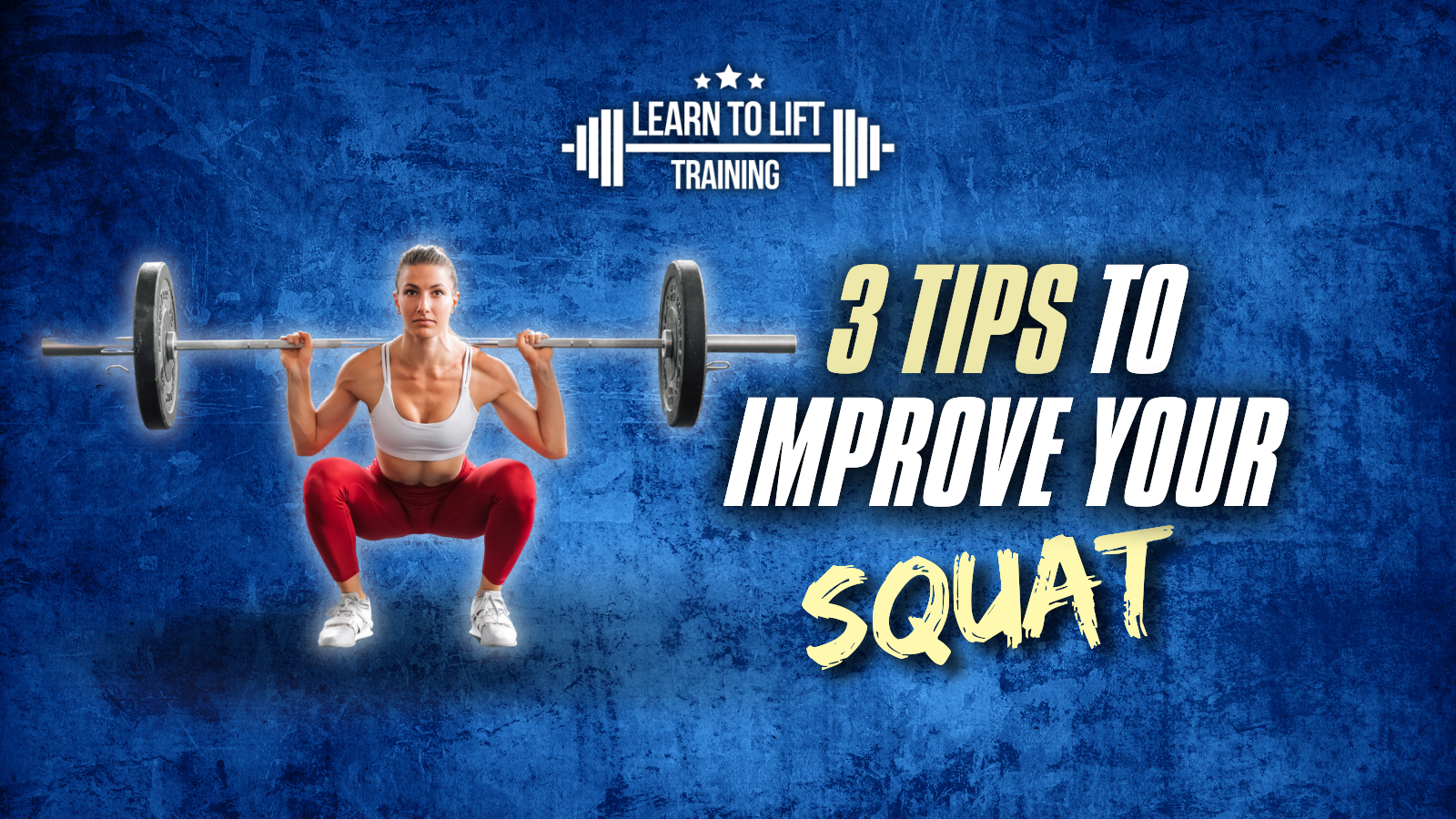3 Expert Tips to Boost Your Bench Press from a Glasgow Personal Trainer
3 Expert Tips to Boost Your Bench Press from a Glasgow Personal Trainer
The bench press is a gym classic—and for good reason. It’s one of the best ways to build upper body strength, sculpt your chest, shoulders, and triceps, and feel unstoppable under the bar. As a Glasgow personal trainer, I’ve coached everyone from beginners to seasoned lifters to perfect this move, and I’m here to share three simple, expert tips to help you lift more, improve your technique, and stay safe.
Whether you’re chasing a new personal best or just want to feel stronger, these tweaks—taught in our Glasgow bootcamps and personal training sessions—will get you there. Let’s dive in!
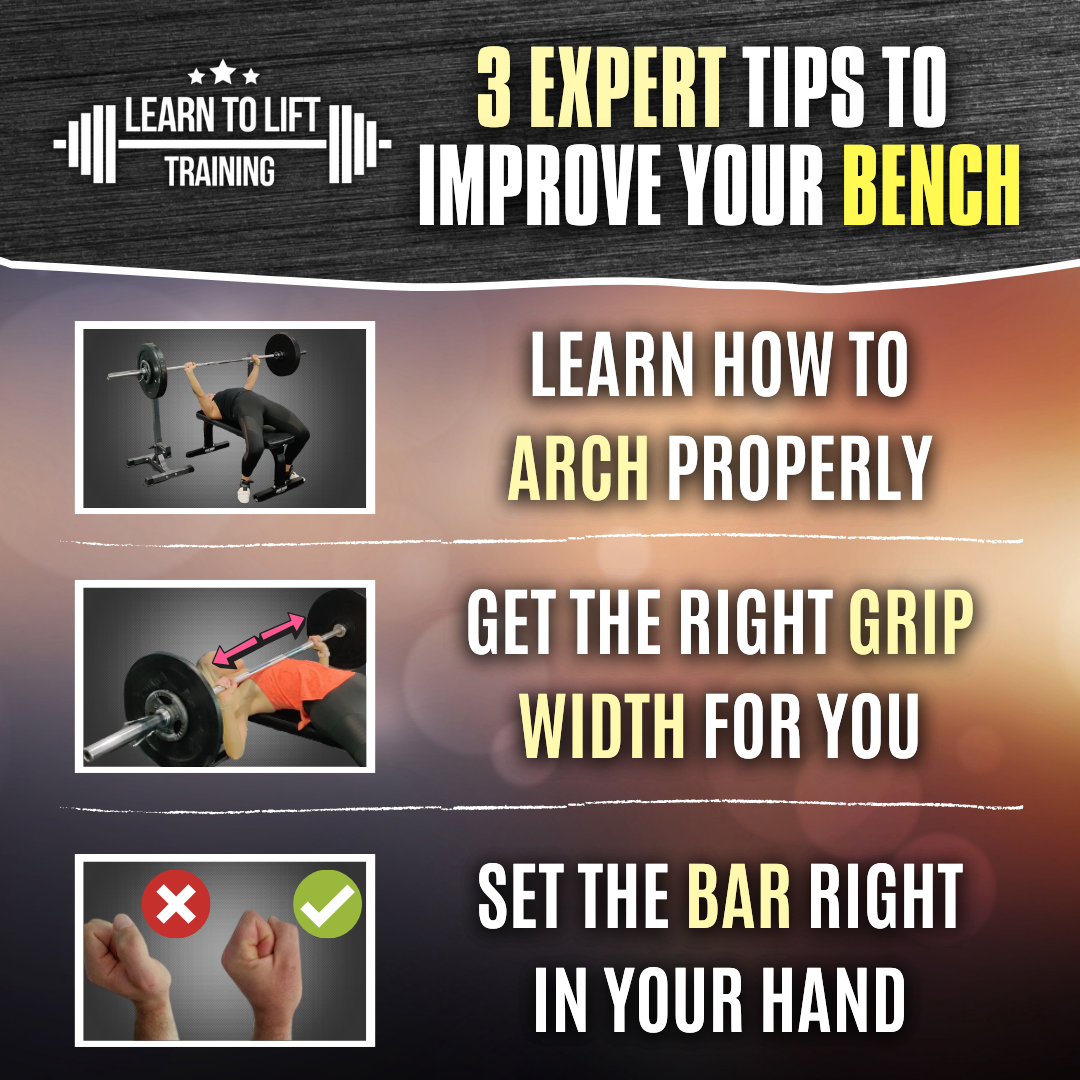
1. Learn How to Arch Properly
A solid bench press starts with a strong setup, and that includes your back arch. Now, unless you’re a competitive powerlifter chasing a massive arch to shorten the range of motion, you don’t need to go overboard. But a subtle arch? That’s a game-changer. It protects your shoulders, boosts stability, and makes the lift more effective.
Here’s how to do it right:
- Squeeze your shoulder blades back and down, pinning them into the bench like you’re trying to hold a pencil between them.
- Pull your hips back slightly to close the gap between your hips and shoulders.
- Tuck your feet under your body and drive them into the floor for a firm base.
This setup creates tension and keeps your shoulders safe while letting your chest and arms do the work. Practice it with an empty bar first—get it dialed in with a Glasgow personal trainer, and you’ll feel the difference in every rep.
2. Find the Right Grip Width for You
Grip width can make or break your bench press. The max-width grip—index fingers on the power rings—is a go-to for powerlifters because it shortens the bar’s path and maximizes lift potential. But here’s the thing: it’s not always the best fit for everyone, especially if you’re not competing. As a Glasgow personal trainer, I’ve seen clients thrive with grips that suit their unique builds.
Start here: find a grip where your elbows and wrists stack vertically when the bar touches your chest. For most people, that’s a medium grip—pinkies on the rings. It balances power and comfort, keeping your shoulders and elbows happy. Some prefer a close grip (hands shoulder-width apart) for more triceps focus, while others stick wider for chest gains. Experiment with lighter weights, film your reps, or ask for feedback in our Glasgow sessions to lock in what works for you. Trial and error is your friend here!
3. Set the Bar Right in Your Hand
How you hold the bar matters more than you might think. Gripping it wrong can sap your strength and leave your wrists screaming. The fix? Set the bar across the base of your palm—not up in your fingers.
When the bar sits low in your hand, it aligns naturally with your wrist and elbow, creating a straight, strong line of force. If it’s too high (in your fingers), your wrists cock back under the weight, causing pain and inefficiency. You’ll lift less and feel it more—in all the wrong ways. Next time you bench, check your grip before unracking. Squeeze the bar hard, keep it low, and watch how much smoother the lift feels.
We love a bit of bench pressing in the Learn to Lift Training Gym, have a watch of the video below to see some of the excellent lifts that happened recently.
Why the Bench Press Is Worth Mastering
The bench press isn’t just about looking good (though it’ll do that too). It builds functional upper body strength for pushing movements—like shoving a heavy door or carrying shopping bags. It hits your pecs, delts, and triceps hard, while teaching you control and power. Plus, there’s something satisfying about stacking those plates and pressing them up. It’s a confidence booster—and who doesn’t want that?
Avoid These Bench Press Pitfalls
Nailing the bench press means dodging common mistakes that can sabotage your progress or land you on the injury list. Here’s what to watch out for—and how to fix it:
- Flaring Elbows: If your elbows splay out too much, you’re putting your shoulders at risk. I see this a lot with lifters chasing max weight too fast. Keep your elbows stacked under your wrists and don't allow them to flare outside of this position—it’s safer and stronger. Practice with a lighter load to groove the pattern.
- Bouncing the Bar: Dropping the bar to your chest and bouncing it up might feel like a cheat code, but it’s a shortcut to bruised ribs or a stalled lift. Control the descent—take 1-2 seconds to lower it—and press smoothly. It’s harder, but it builds real strength.
- Weak Leg Drive: Forgetting to push through your feet is like leaving power on the table. Your legs anchor you and add force to the press. If they’re dangling or flat, you’re missing out. Tuck them back, plant them firm, and drive down as you push up—feel that extra oomph!
- Lifting Your Hips: Popping your hips off the bench might help you grind out a rep, but it turns the lift into a mess. It strains your lower back and shifts focus off your chest. Keep your glutes glued down—tighten your core and reset if you feel them lift.
Spot these habits early, and you’ll save yourself frustration—or worse. We catch these all the time in our Glasgow training sessions and fix them on the spot.
Put These Tips into Action
These three tips—arching properly, finding your grip, and setting the bar right—are straightforward but powerful. They’re the same techniques we drill in our personal training sessions in Glasgow and bootcamps at Learn to Lift. Want to dig deeper? Check out our services pages for more on how we can help you level up.
I’ve regularly taken clients from starting off with benching the bar to 100 kg and beyond, transforming their bench press with these exact cues. Ready to do the same? Drop us a message today to join our Glasgow personal trainer team or book a spot in our next bootcamp. Let’s make your bench press a lift you can be proud of—happy lifting!

